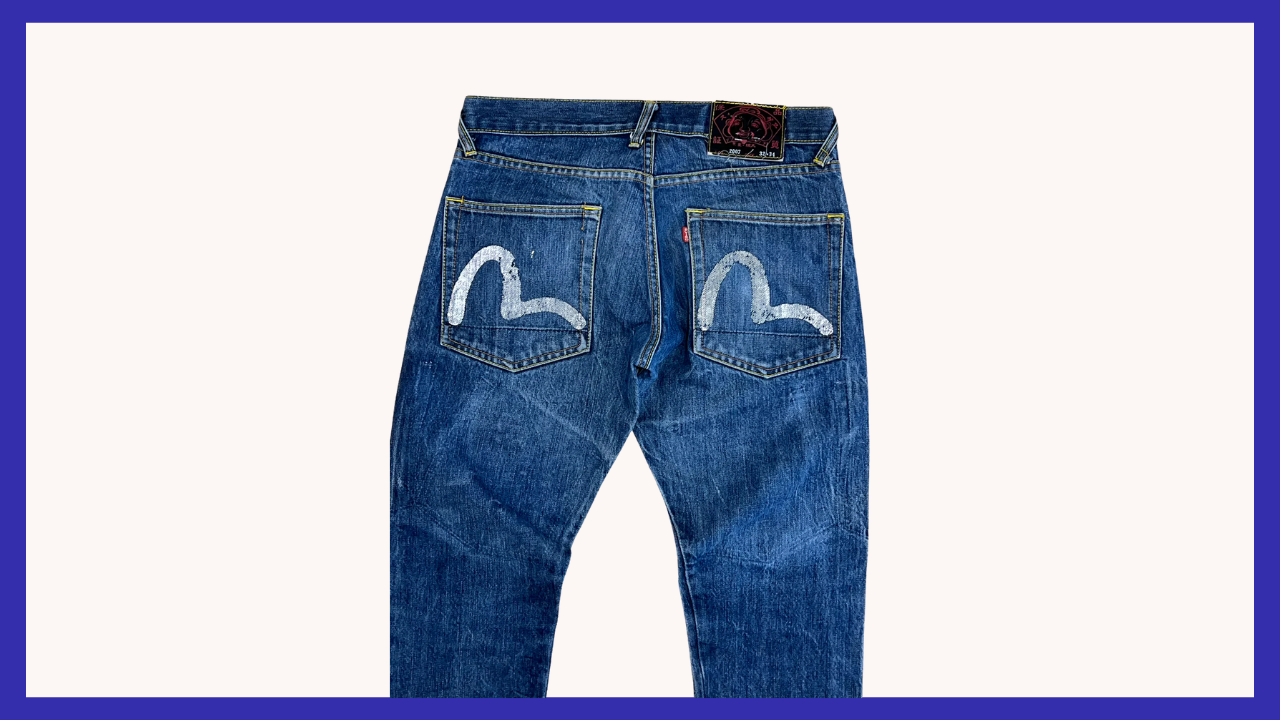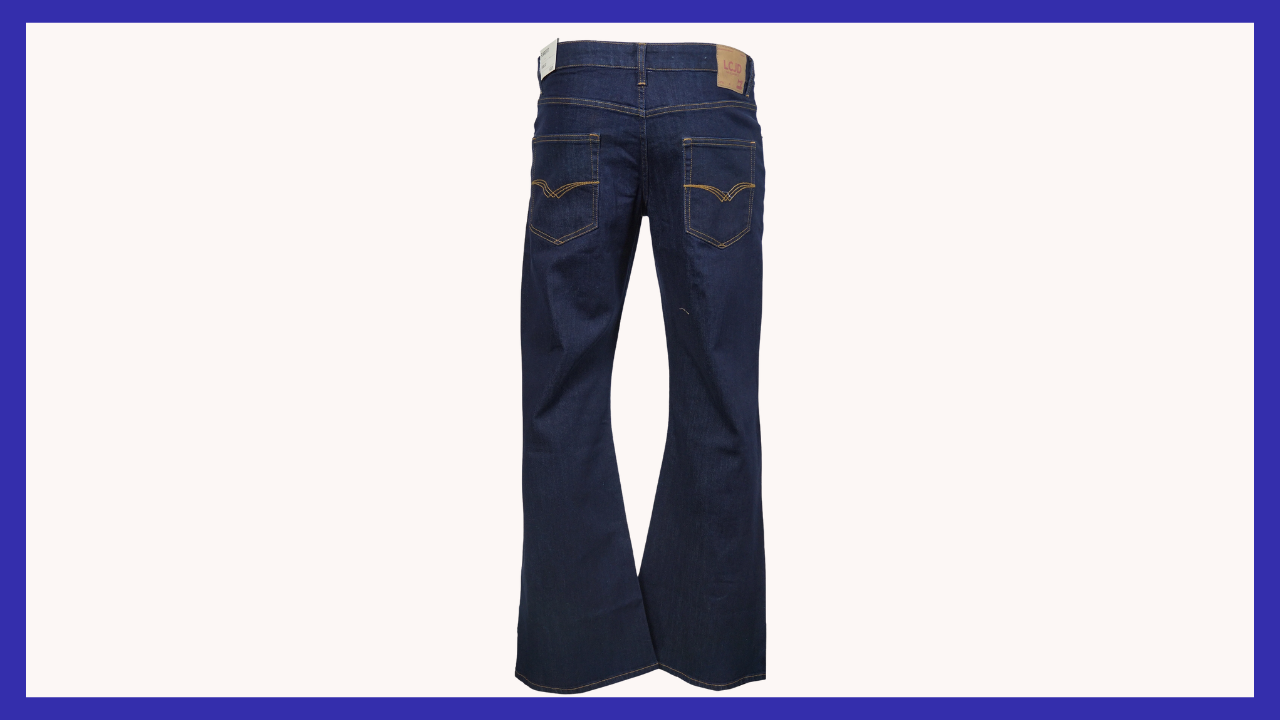AllVintageStyles
The Ultimate Vintage Fashion Encyclopedia
Cowboy Pants

Heavy-duty work pants designed for ranch activities, featuring reinforced construction and high waistlines for horseback riding and cattle work in American frontier conditions.
Quick Facts
- Era: 1920s (peak popularity 1900s-1940s)
- Origin: American West (frontier ranching and cattle industry)
- Garment Type: Western workwear with functional ranch construction
- Key Identifiers: High waist, reinforced stress points, heavy cotton drill, functional pockets
- Typical Resale Price: $80-$500 (authentic vintage pieces)
- Best For: Western wear collectors, American frontier enthusiasts, workwear advocates
History & Evolution
Cowboy pants emerged from practical necessity during the American frontier expansion when ranch workers and cattle drivers required durable clothing that could withstand the physical demands of horseback riding, rope work, and outdoor labor in harsh conditions. Traditional versions featured heavy cotton drill or denim construction with reinforced seams and stress points, designed specifically for functionality rather than fashion. Early cowboy pants represented authentic working garments that reflected the practical needs of frontier life and cattle industry demands.
The 1920s through 1940s established cowboy pants as essential western workwear when the American cattle industry reached maturity and ranch culture became institutionalized across the frontier states. The style became associated with authentic western lifestyle, frontier independence, and American ruggedness, appealing to working cowboys and ranch hands who needed clothing that could survive demanding outdoor conditions. Western wear manufacturers created versions that emphasized durability, comfort, and practical features essential for ranch work and horseback riding.
The 1950s saw cowboy pants transition from purely functional workwear into cultural symbols when Hollywood westerns and popular culture romanticized frontier life and cowboy imagery. The style influenced both workwear and fashion markets while maintaining strongest connections to authentic western heritage and ranch culture. Contemporary western wear continues cowboy pant traditions with modern materials, but vintage pieces offer superior construction quality and authentic working details that reflect original frontier necessity and cattle industry requirements.
Authentication Tips
Authentic 1900s-1940s Features:
- Heavy cotton drill or duck construction with substantial weight appropriate for ranch work
- High waist construction designed for horseback riding comfort and proper coverage
- Reinforced stress points including pocket corners, crotch, and knee areas with authentic working details
- Functional pocket design with rivets or reinforced stitching for tool and equipment carrying
- American western wear manufacturing labels with authentic frontier heritage connections
Common Reproductions/Modern Pieces:
- Lightweight cotton or synthetic blends inappropriate for authentic ranch work durability
- Modern low-rise construction inappropriate for horseback riding and authentic cowboy proportions
- Decorative western styling without authentic functional reinforcement and working details
- Contemporary casual construction lacking authentic stress point reinforcement and ranch functionality
- Generic fashion labels without connection to authentic western wear manufacturing heritage
Styling & Use Cases
- Best for western collectors: Display as examples of authentic American frontier workwear and cattle industry clothing
- Ideal for ranch activities: Wear for horseback riding, outdoor work, and authentic western lifestyle activities
- Perfect for heritage enthusiasts: Combine with period-appropriate western accessories for complete frontier ensemble
Modern styling tips:
- Approach with respect for authentic working cowboy heritage and frontier necessity
- Choose accessories that honor rather than trivialize western working culture and ranch traditions
- Focus on functional styling that reflects the pants' practical origins and working heritage
FAQ
Q: How can I tell if cowboy pants are authentic vintage western workwear?
A: Check for heavy cotton drill construction with ranch-appropriate weight, high waist designed for horseback riding, reinforced stress points with authentic working details, functional pocket design with proper reinforcement, and American western wear manufacturing labels with frontier heritage.
Q: What's the typical price range for vintage cowboy pants?
A: Authentic vintage cowboy pants range from $80-500 depending on age, manufacturer, and working authenticity. Documented ranch wear pieces or early western manufacturer examples command premium prices among western wear and American frontier collectors.
Q: How should I care for a vintage cowboy pants?
A: Machine wash in cold water to preserve heavy cotton construction, air dry to prevent shrinkage and maintain durability, avoid harsh detergents that can damage authentic western fabrics, and store properly to maintain working proportions and functionality.
Q: What makes vintage cowboy pants valuable to collectors?
A: Authentic western working heritage representing frontier necessity and cattle industry requirements, superior heavy cotton construction with genuine ranch work reinforcement, cultural significance in American frontier history and western lifestyle development, and documentation of authentic working garments before western wear became primarily fashionable rather than functional.
📷: Clutch Cafe



